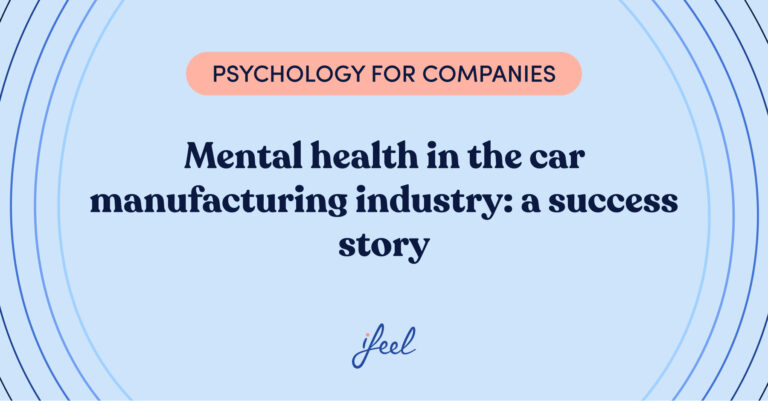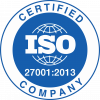Work fatigue is one of the problems related to workers’ health and productivity that are on the list of declared enemies of any Human Resources department.
In a certain sense, we can consider it inevitable in its periodic appearance but also something to prevent in its more intense and prolonged phases. In this post, we talk about it and will tell you our plan to help you prevent employee fatigue when it becomes pernicious for the organization.
Work fatigue: reaching the limits of our strength
Work fatigue, like any other type of fatigue, is the sensation of mental and physical tiredness that we feel after performing -especially if it is repeated or prolonged- an effort at our workplace that exceeds our capabilities in some way.
Employees perceive this experience of work fatigue as exhaustion or a lack of strength, so physical and psychological energy decreases. Therefore, the ability to cope successfully with the same task if it is attempted to continue to be performed, but also with any other tasks that require the same or more energy, declines.
The importance of rest
At its most extreme, work fatigue leads us to paralysis, as if our organism had collapsed: we literally have no strength for anything else, and stopping is essential to recover energy through rest or the “absorption” of strength from some external source.
This is why it is so important to learn to detect our particular signs of work fatigue on a physical and psychological level and to take appropriate breaks in our working day to recover and “refresh” ourselves.
Prevention of bad corporate habits
Of course, getting tired when we work, even exhausted at times, is something that can be considered practically inevitable since it is inherent to a professional environment of a certain activity, dynamism, high demands, and, of course, when things get complicated from outside, and the organization of work that was planned is altered.
The problem comes when work fatigue is the habitual way of experiencing work, when our tasks are systematically so demanding, boring, tedious, complex, or abundant that our system ends up exhausted. Sometimes the problem lies in an unhealthy corporate culture, sometimes it lies in bad practices on the part of managers, and sometimes it is simply due to our poor work organization.
Work fatigue caused by burnout and boreout
In any case, working in this way within the organization favors the appearance of undesirable psychological conditions from the point of view of well-being at work, such as stress, burnout, or even boreout.
In fact, the latter is caused by boredom, weariness, and, in short, intense, deep, and prolonged boredom in our work activity and can also be considered an important source of work fatigue.
Therefore, it is advisable to prevent it since it is a significant obstacle to motivation, creativity, and involvement in the mission assigned to us by the company. It also affects our state of mind and, therefore, interpersonal relationships and communication with our colleagues.
How to deal with fatigue at work
Fatigue at work leads to a worsening of employees’ attention, mood, creativity, and performance. It also generates in them a feeling of stagnation in the short, medium, and long term: motivation deteriorates, and productivity stops as if it were a substance that is trapped in a certain point without being able to flow in the direction of the next one. This is deadly to obtaining the best results and retaining talent within the company.
To prevent this, pay attention to the following points.
1. Do not push limits
Pushing employees’ efforts to the limit, sometimes to the point of exhausting or seriously wearing out their physical and psychological resources, is a dynamic that must be avoided in any company if it is to enhance employee well-being and the work environment.
2. Taking care of the company culture
It is important to review and redefine the company’s values: effort and involvement are important values, but systematic burnout is a bad practice that should not be encouraged from above.
3. Identify the causes of fatigue
Workload, task organization, poor internal communication, or project approach can be a source of work fatigue and should be monitored.
4. Spot the signs
Prevention includes learning to detect the first signs of fatigue at work. Employees express their fatigue verbally and nonverbally (through gestures, expressions, drops in performance, or poorly focused attitudes at work). It is important to take notice.
5. Expert advice
Have a global employee well-being service. One of the most valuable tools to prevent and address work fatigue is to have expert psychological counseling for all employees, including HR managers. We explain more about this in the next point.
Addressing emotional well-being in organizations
At ifeel, we believe in effort as a tool for progress at work, but not when it becomes a source of problems for the psychological well-being of employees.
To help them achieve this and establish good communication habits within the organization’s processes, our team of psychologists, experts in well-being at work, has created an emotional well-being service for companies that supports the entire team of a company, including those responsible for Human Resources.
These managers must ensure that the company’s final results are close to the objectives set. This is why it is essential to support them in guiding the relationship between the company and the employee and to ensure that it is as beneficial as possible for both.
That’s why, through our service, you can receive personalized, data-driven advice on improving your teams’ psychological well-being. Are you part of your organization’s Human Resources department? Try our program now and find out how it could help you.
In addition, this program offers all employees a complete mental health care service that they can access in different ways depending on their needs. Those who wish can access an online therapy service with one of our psychologists, specialized in cases like theirs, or interact with one of our professionals to receive emotional support in a more specific circumstance that concerns them.
Of course, in our Resources section, you can find different materials, such as podcasts, HR Guides on various topics (e.g., employee experience or how to design a good HR strategy), or interviews with important HR positions. In addition, we have a Psychosocial Risk Factors Template, which you can use to comply with the requirements of the Labor Inspectorate.
We hope you found this post on fatigue at work interesting. If you would like more information about our emotional well-being program for companies, ask us, and we will contact your team as soon as possible.










